Inaugurated in 1900, the Opera House (designed by French architect Eugène Ferret) was called the Opera House to serve the French. In 1918, the Opera House opened its doors to the Vietnamese. After 1954, under the Republic of Vietnam regime, the theater was converted into the National Assembly building, then the House of Representatives. After 1975, the theater returned to being a performing arts venue.
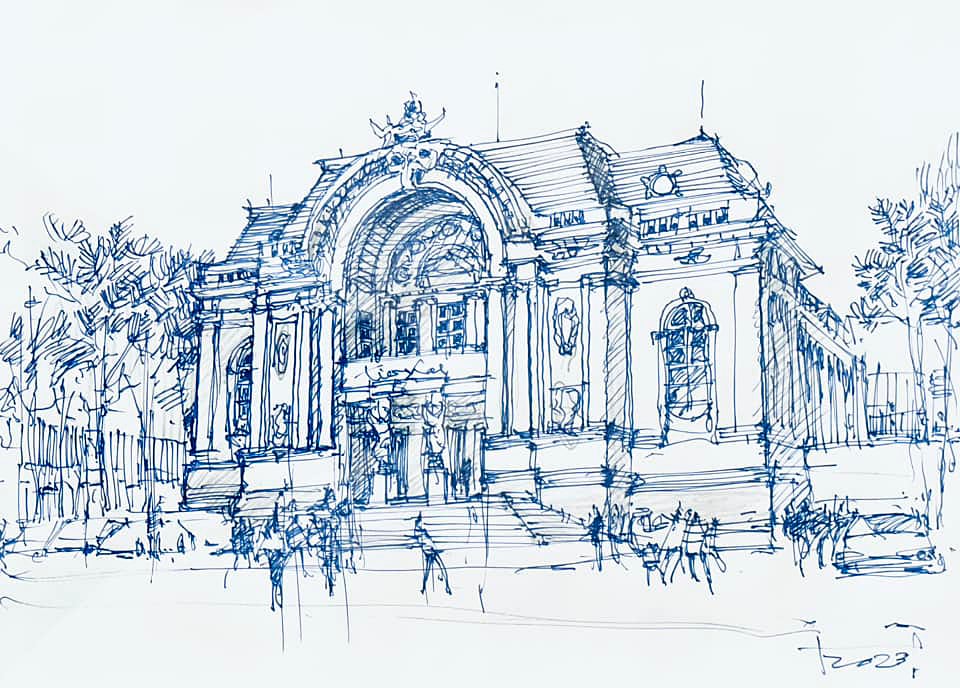
Sketch by Architect Tran Xuan Hong
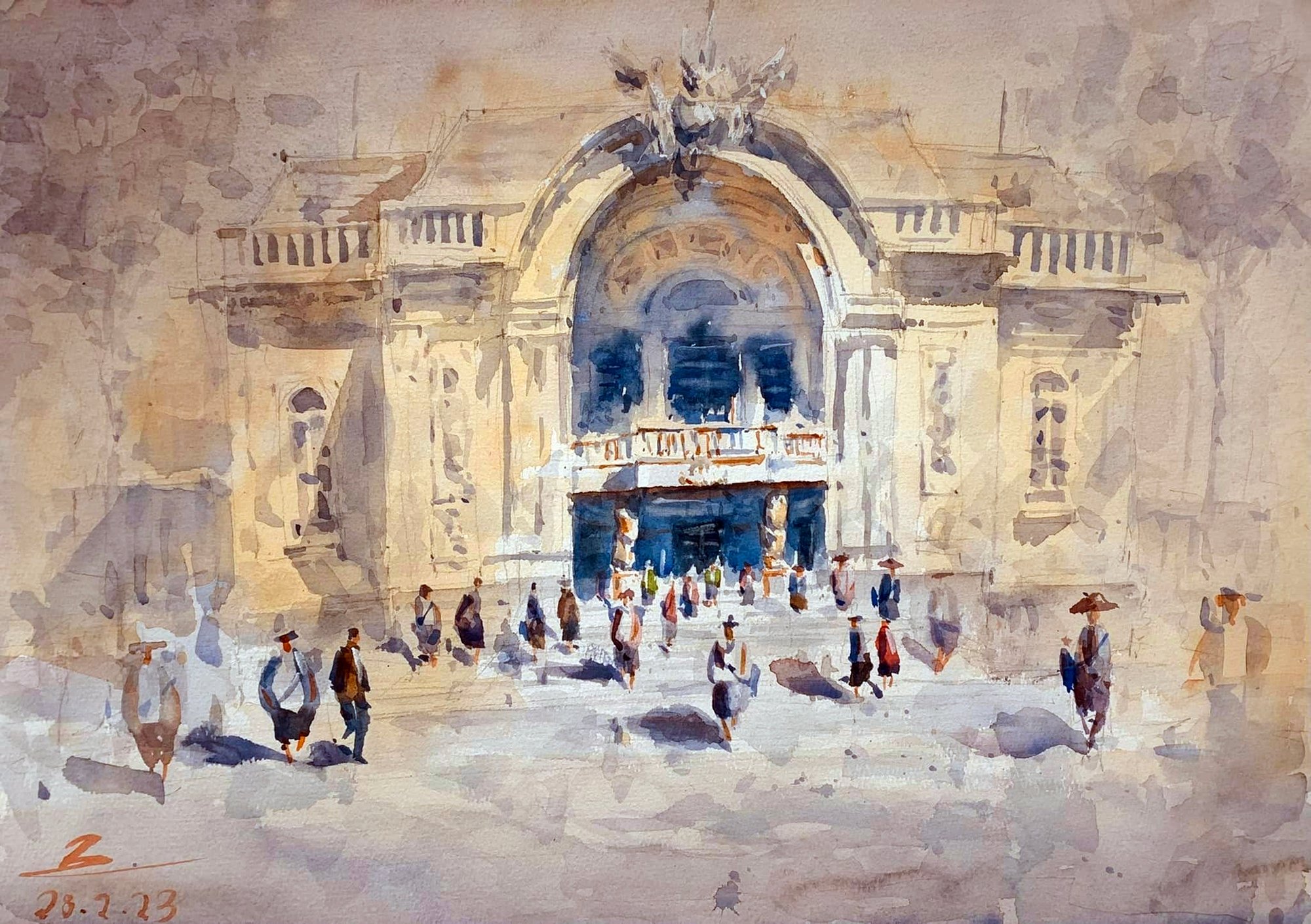
Sketch by artist Nguyen Tan Nhat
According to historian Tim Doling, the Opera House's architecture follows the Beaux-Arts school (*) and is a copy of the Petit Palais in Paris (awarded the Grand Prix de Rome in 1880, later becoming a museum of fine arts).
With the decorative art of relief sculptures as the main theme, the main hall's dome has a fresco of five goddesses: France (in the middle), on both sides are Printemps (Spring), Ete (Summer), Automne (Autumn), Hiver (Winter), similar to the four seasons painting series by artist Alphonse Mucha (1860 - 1939) representing the Art Nouveau school (inspired by the curves of plants but not reproducing 3D objects but redrawing them into decorative lines in flat - 2D graphics).
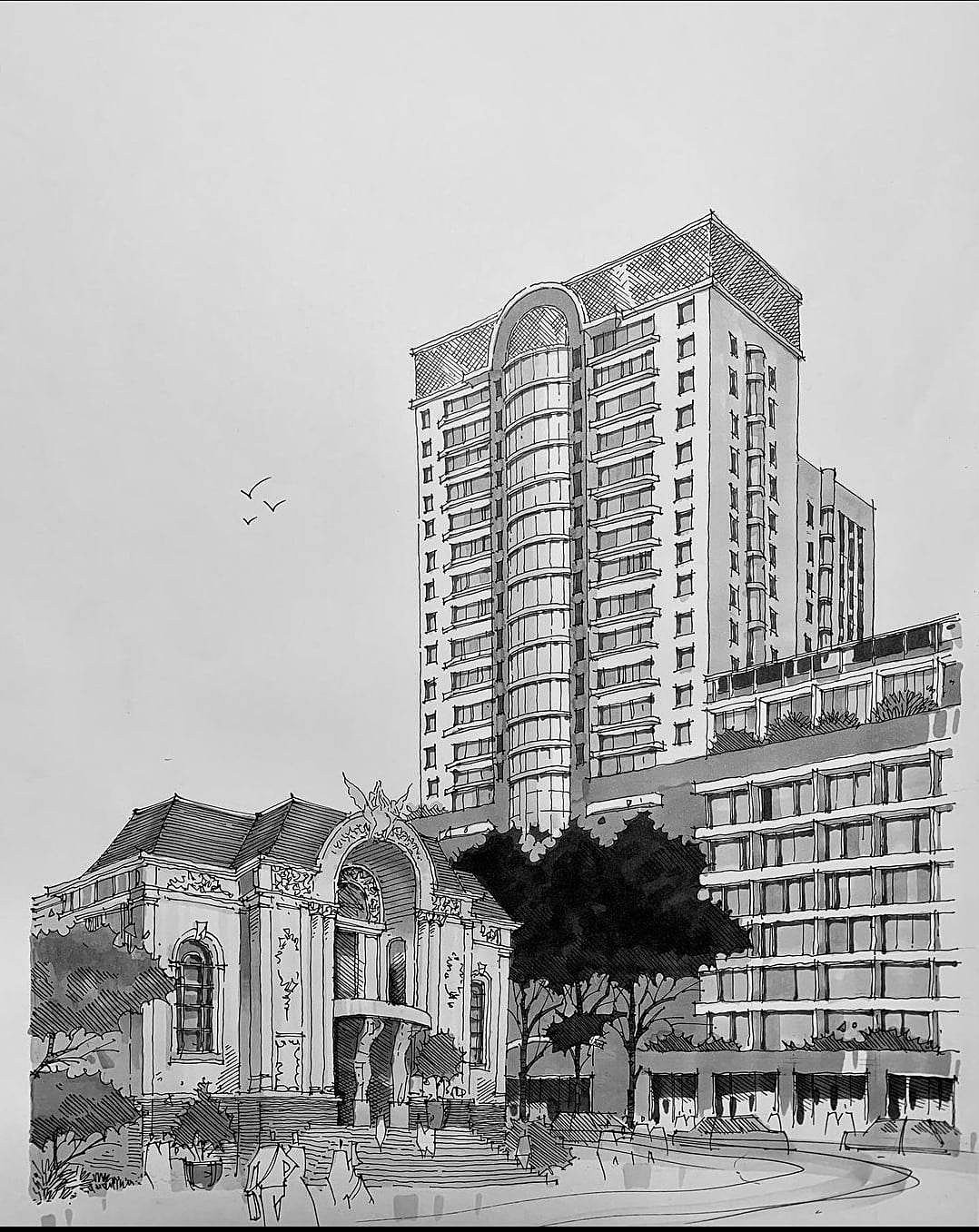
Sketch by Architect Tran Vo Lam Dien
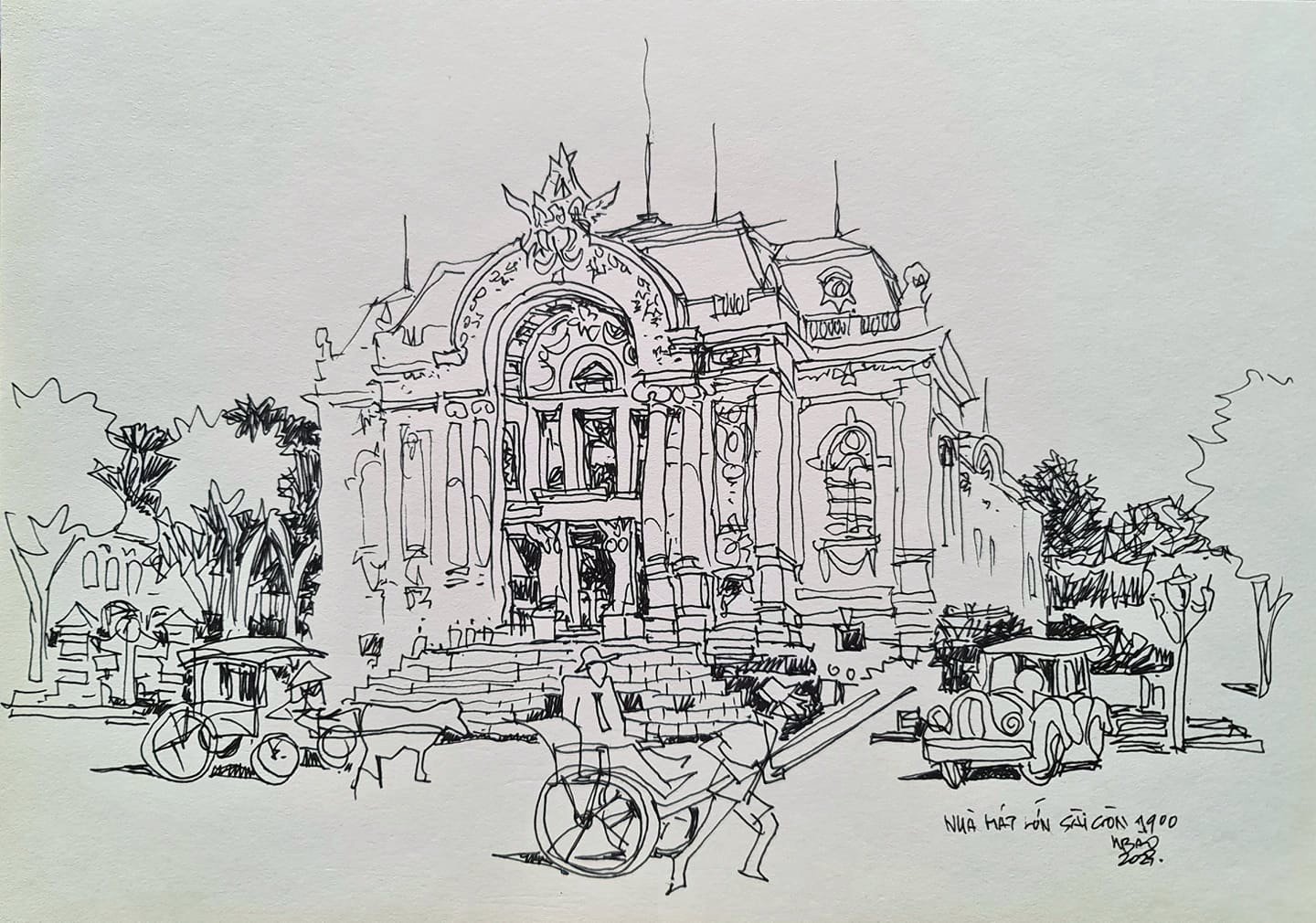
Sketch by Architect Bui Hoang Bao
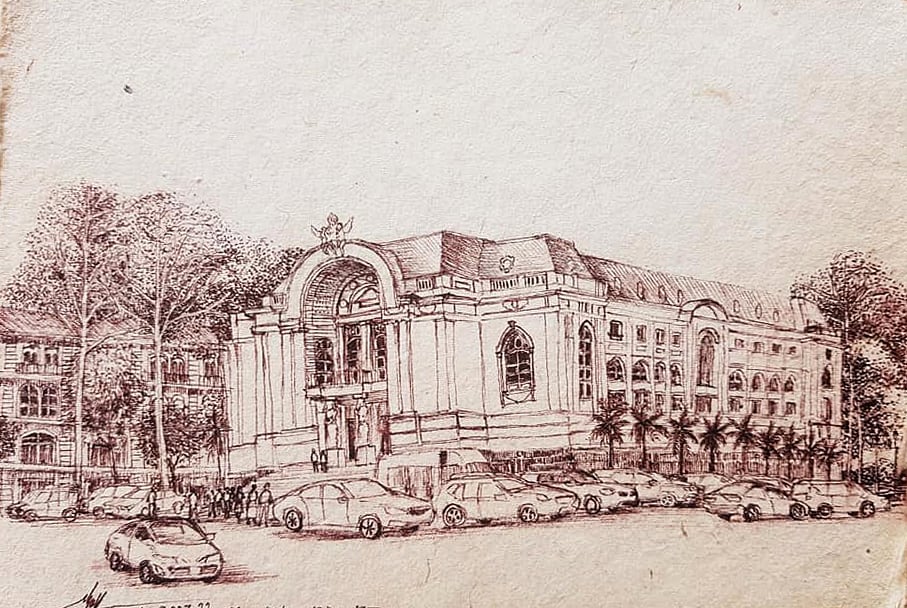
Sketch by Architect Nguyen Van Thien Quan
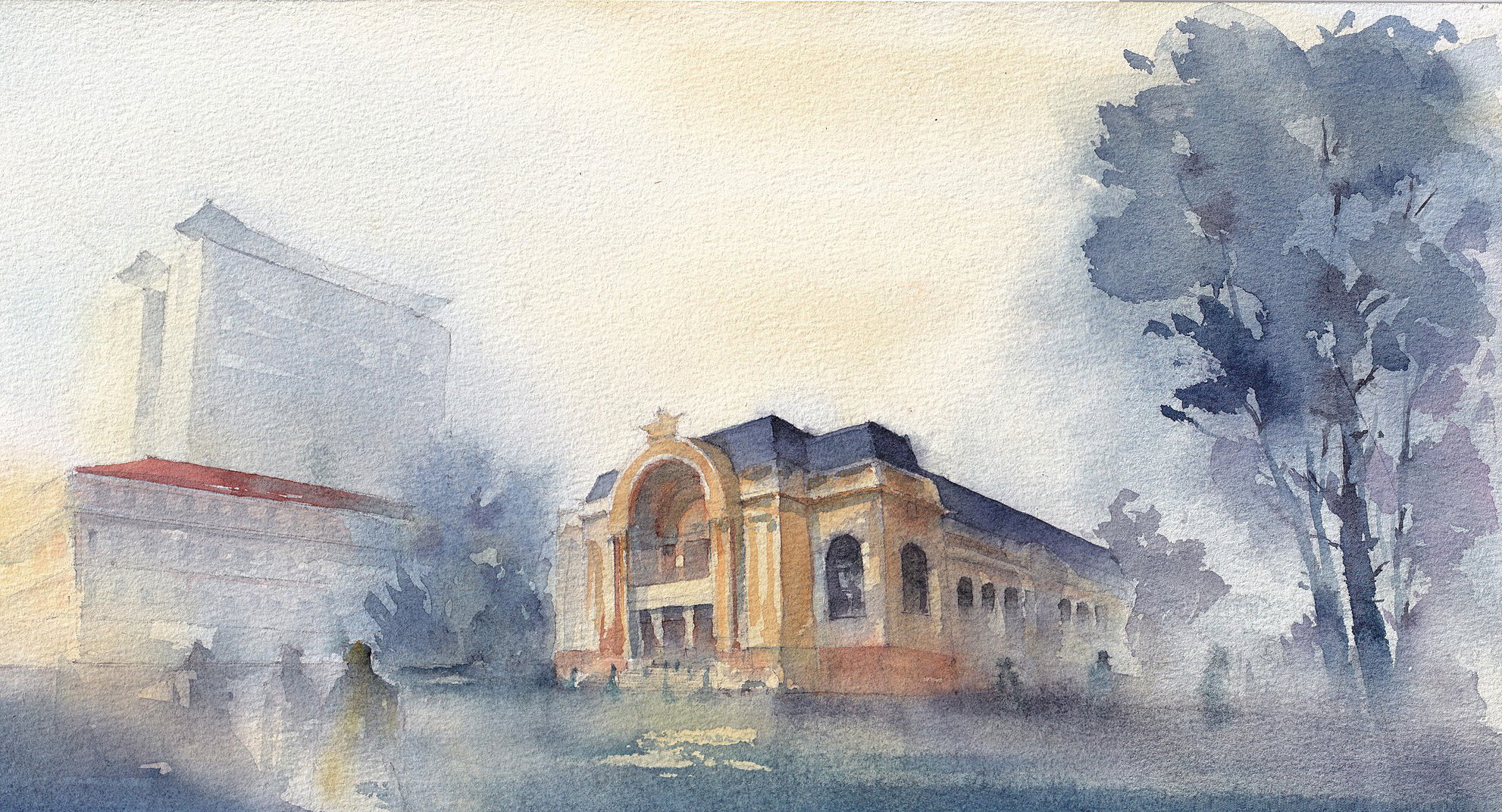
Sketch by Architect Pham Minh Duc
At the top of the theater are two angels, in the middle is a lyre typical of Greek mythology. A little below is the head of Pan - the god of country music.
Currently, below the theater is the underground station of the Ben Thanh - Suoi Tien metro line.
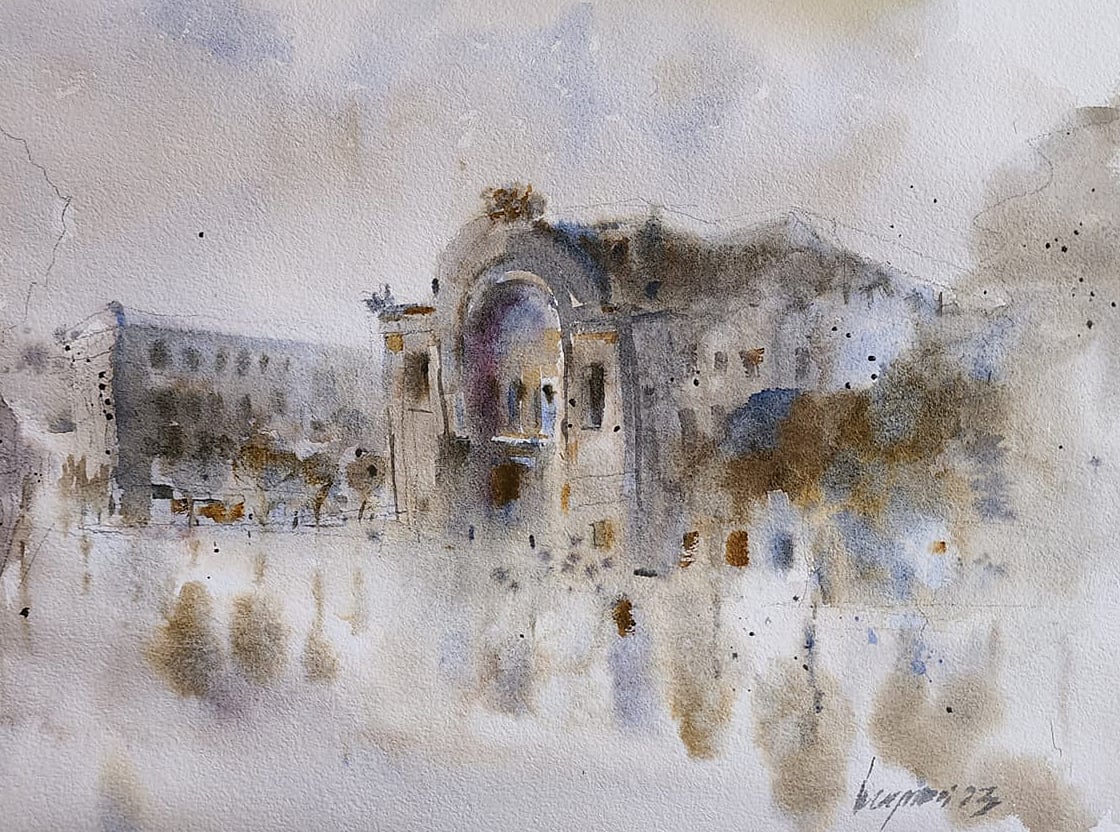
Sketch by Architect Phung The Huy
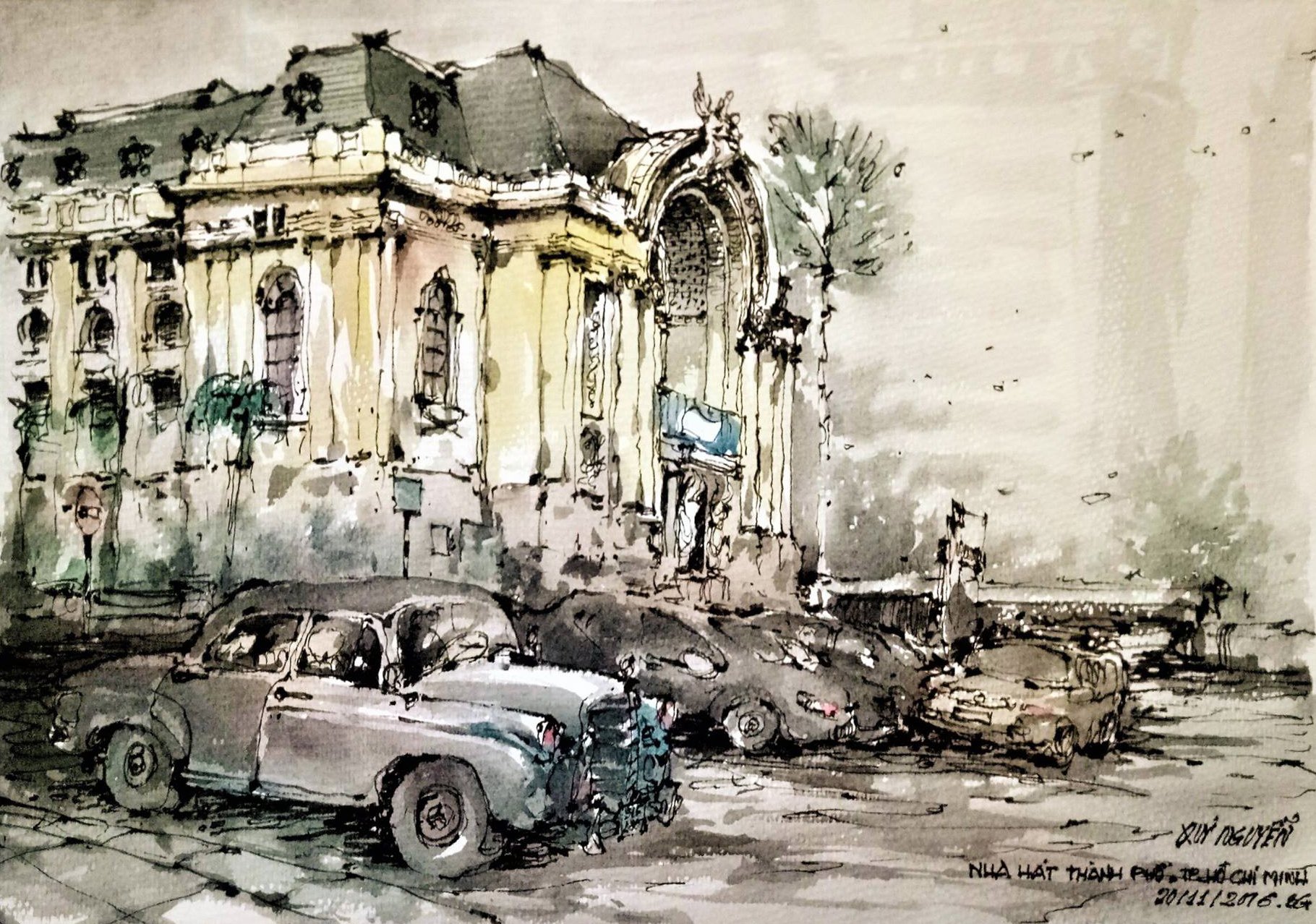
Sketch by Architect Quy Nguyen
(*) The characteristics of the Beaux-Arts school are "symmetry - proportion - balance" with three main elements being "columns - arches - round roofs".
Source link








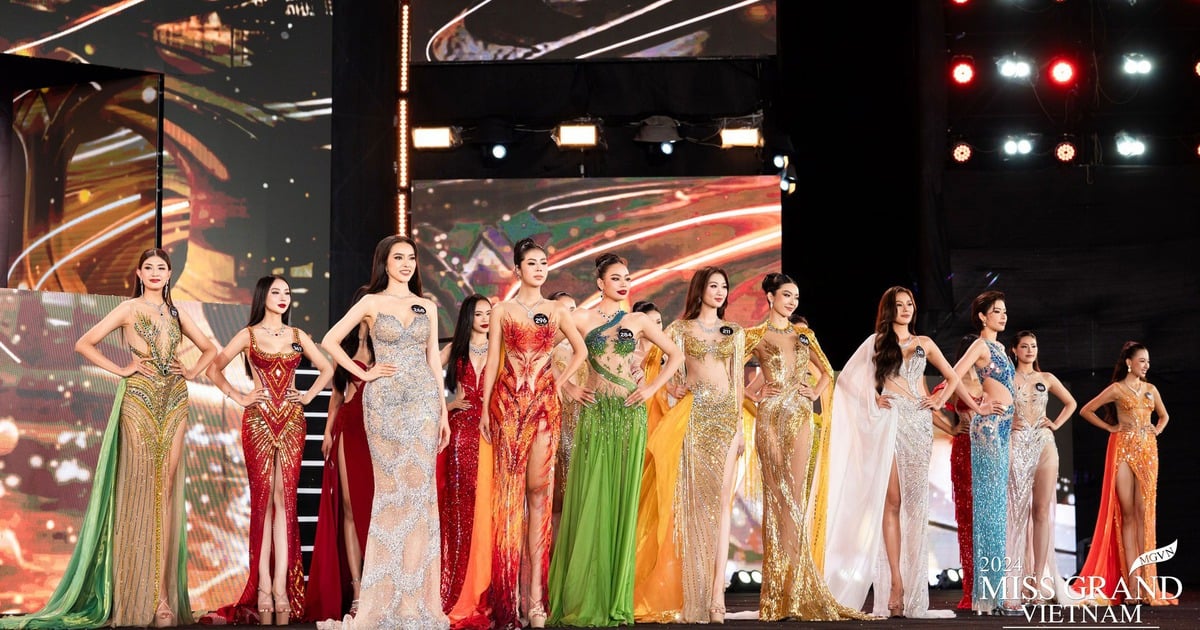

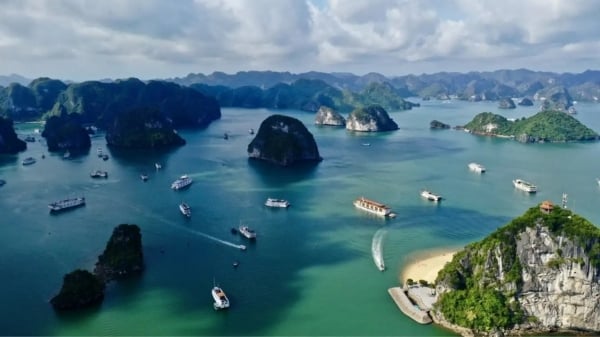

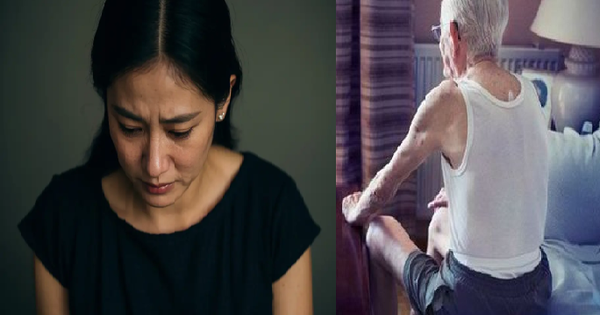

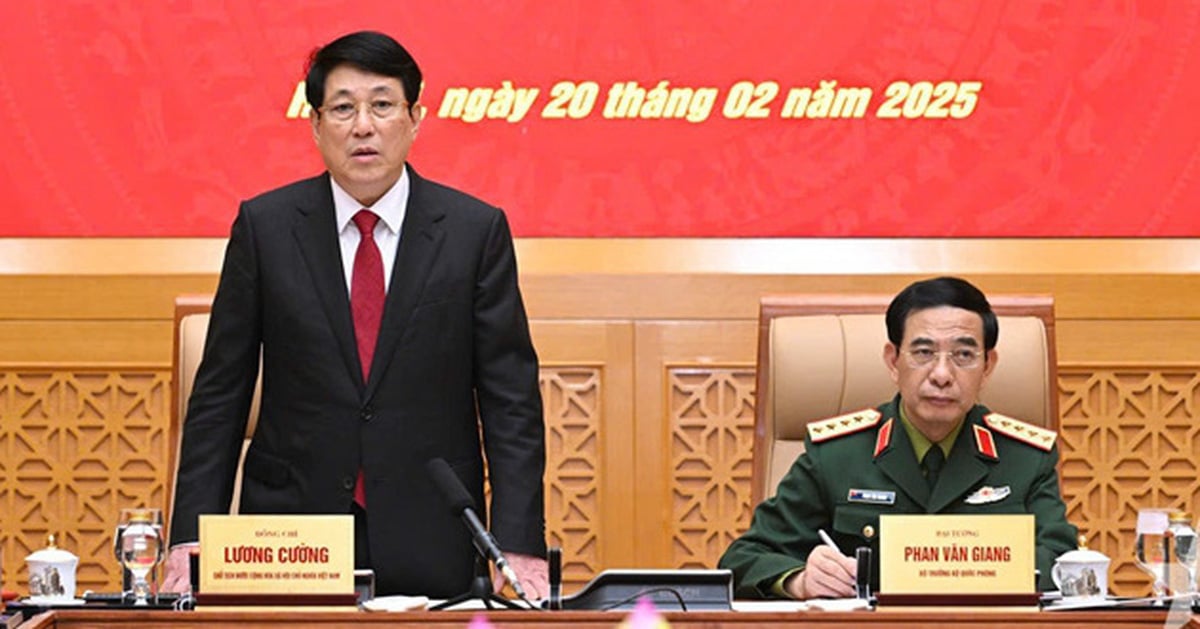

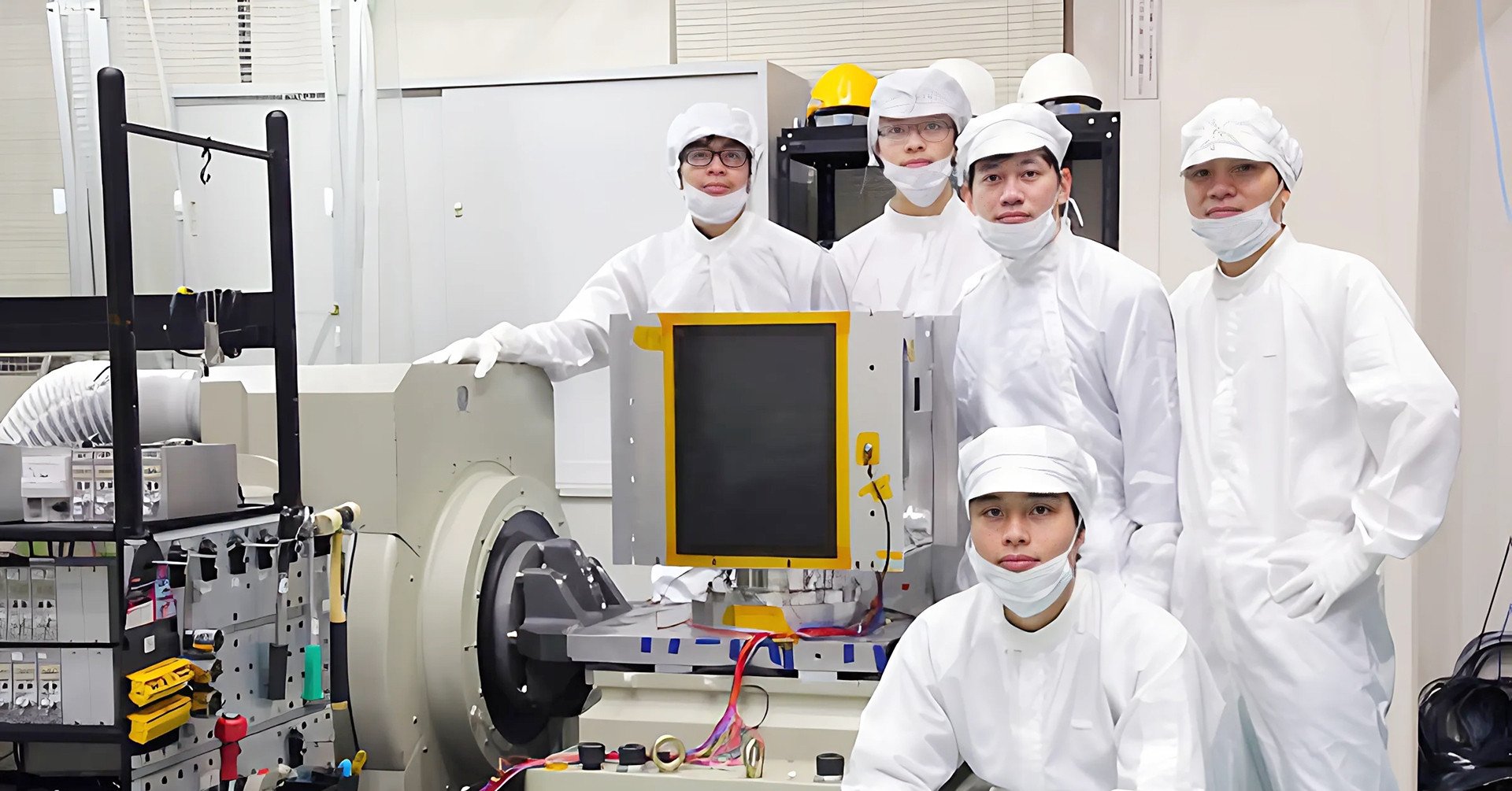










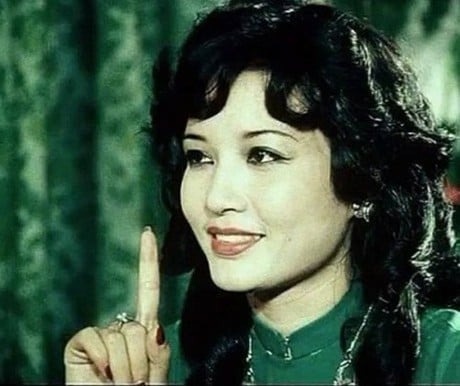

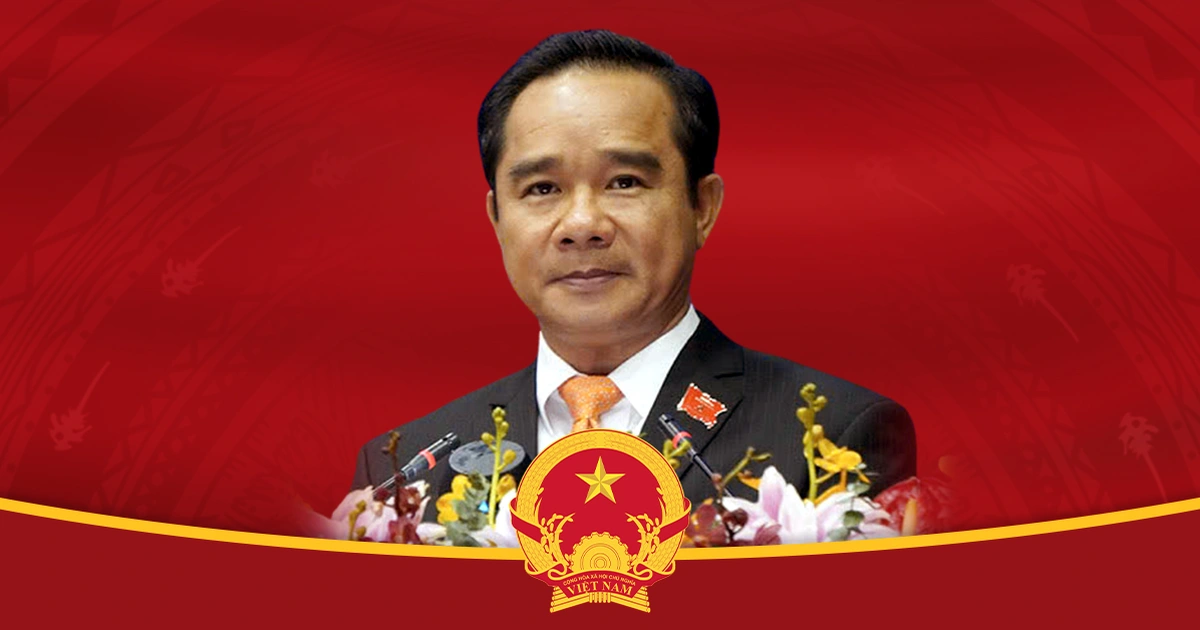



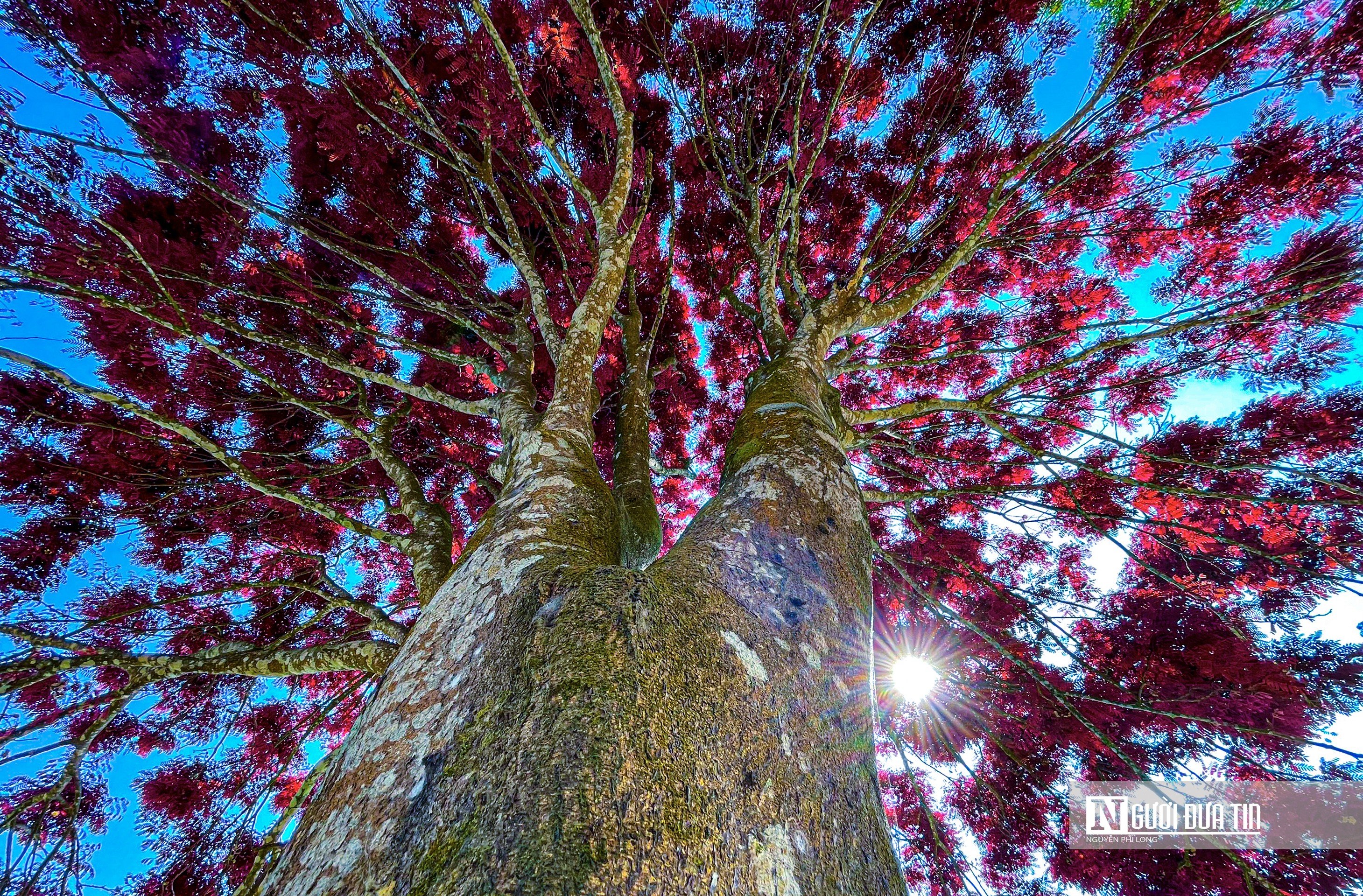
Comment (0)